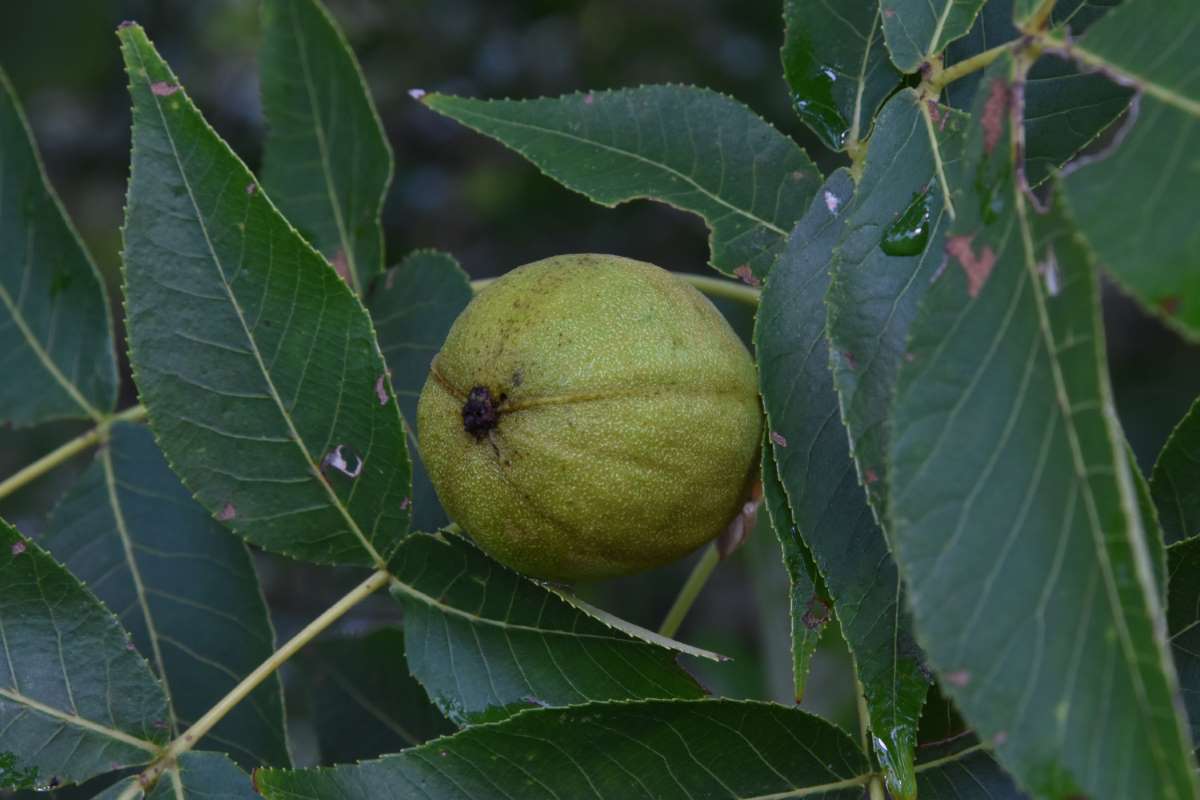Description
Carya – Hickory – Pecan –
There are about 25 species of fast growing, deciduous, medium to large trees, in this genus. They occur in woodland in Eastern Asia and Eastern and Central North America with one extending down to Mexico. Hickories are grown for their foliage, which is pinnate and alternate, with 3 terminal serrated leaflets, which often colors to yellows, orange, or rich golden in autumn and for their sometimes ornamental roughly textured gray to brown bark. Flowers of both sexes are borne separately on the same plant in late spring and early summer: the male are produced on new years growths in branched, pendent, yellow-green catkins, the females in small, terminal green clusters at branch tips with up to 20 individual flowers. The autumn fruits are enclosed in hard shelled leathery husked nuts, which in some species contain edible kernels. Use hickories and pecans as specimen trees for a lawn or woodland garden, or for attracting wildlife. Hickory wood is a hard wood, used for tools and sport equipment.
Grow in deep, fertile moist but well drained, humus rich soil in sun or partial shade. Seedlings quickly develop a deep taproot and resent transplanting.
Prone to a wide variety of fungal leaf spots, nursery blight, powdery mildew, crown gall, and catkin blight.
C. tomentosa – Bigbud Hickory – Mocketnut Hickory – White Hart Hickory – This broad, rounded crown, deciduous tree from Eastern USA grows up to 1000′ feet tall. It has dark gray bark with flattened ridges and shallow furrows and are very hard. The pinnate leaves are composed of up to 9 oblong to lance shaped leaflets, and are dark green on the upper surface with downy undersides. The thick shelled husked fruit is round to oval, 1 ½” in diameter, and holds edible fruits.
Zones 4-9





